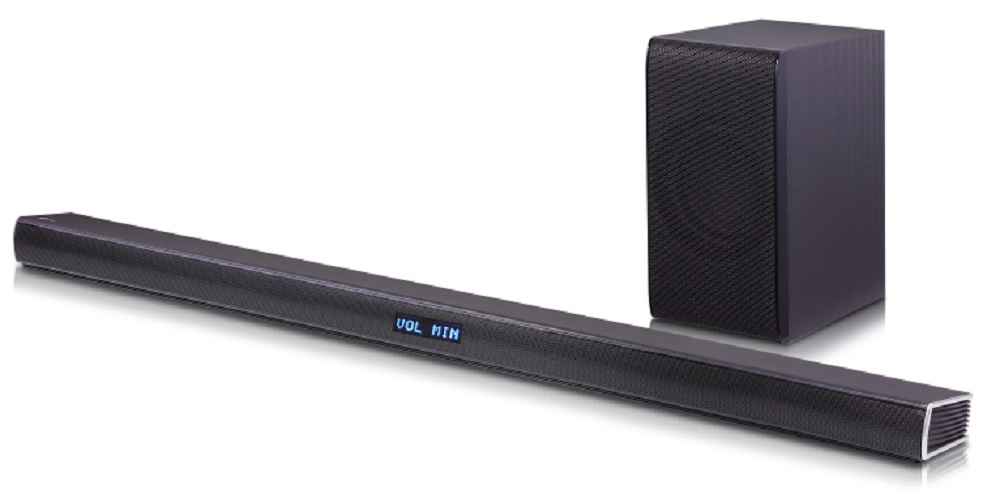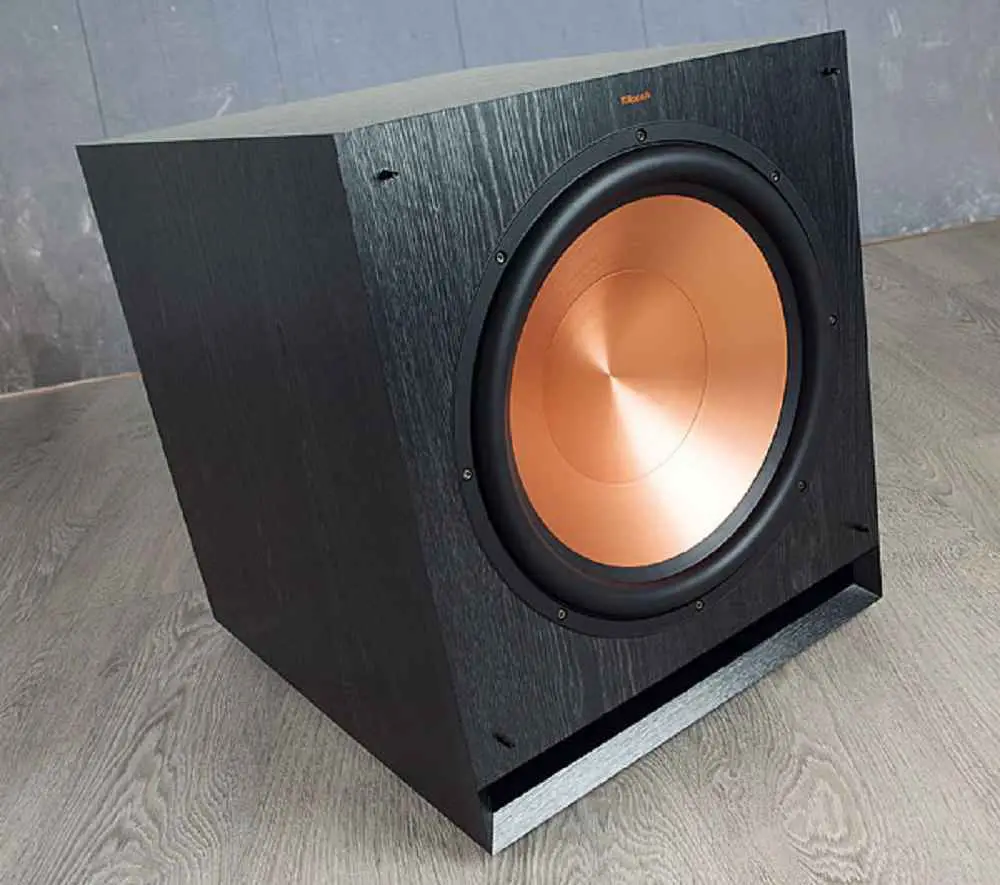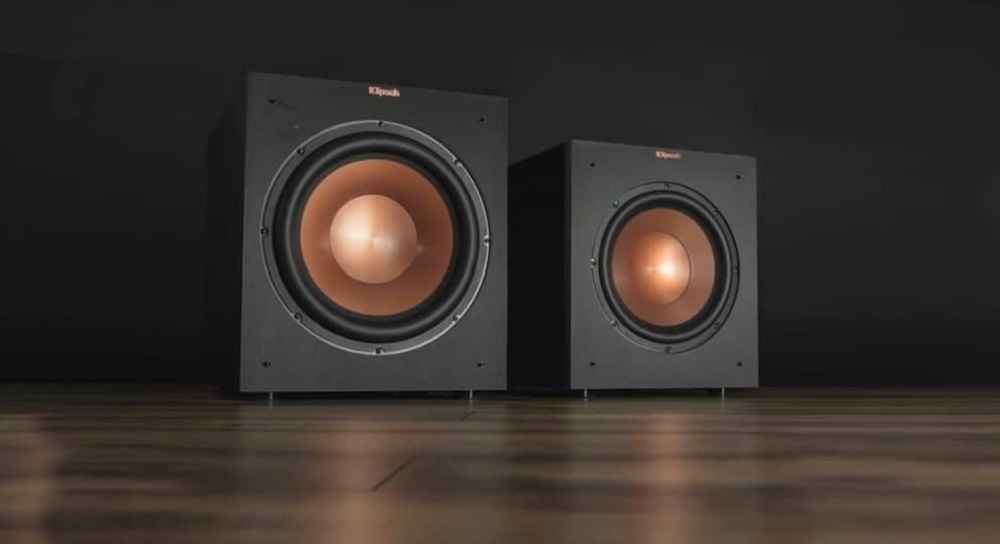A wireless subwoofer is a type of subwoofer that does not rely on physical cables for audio transmission. Instead, it uses radio frequency, infrared, or Bluetooth technology to receive audio signals from a compatible device, such as an A/V receiver or soundbar.
The benefits of using a wireless subwoofer include improved sound quality, increased flexibility and convenience, elimination of cable clutter, and a simplified setup process.

In this article, we’ll explore how a wireless subwoofer works and the different components involved in the system. We’ll also discuss the advantages of using a wireless subwoofer and how to choose the right one for your needs.
How Does a Wireless Subwoofer Work
Wireless technology is the foundation of a wireless subwoofer. There are three main types of wireless technology used in subwoofers: radio frequency, infrared, and Bluetooth.
Radio frequency (RF) transmission is a common method used in wireless subwoofers. The signal is transmitted from a transmitter to a receiver using RF technology, which allows for a wider range of operation and less interference from other devices.
Infrared (IR) transmission is another option for wireless subwoofers. The signal is transmitted from the transmitter to the receiver using infrared light, which requires a direct line of sight for proper signal transmission.
Bluetooth is a third option for wireless subwoofers. Bluetooth technology is widely used for streaming audio from a device to a speaker and is a popular choice for wireless subwoofers due to its ease of use and compatibility with a wide range of devices.
The components of a wireless subwoofer system include a transmitter, a receiver, and an amplifier.
The transmitter is usually connected to a compatible device, such as an A/V receiver or soundbar, and is responsible for sending the audio signal to the subwoofer.
The receiver is located on the subwoofer and receives the audio signal from the transmitter. The amplifier is responsible for amplifying the audio signal and delivering it to the subwoofer’s speaker.
In a wireless subwoofer system, the audio signal is transmitted from the transmitter to the receiver using the selected wireless technology.
The receiver then processes the audio signal and sends it to the amplifier, which amplifies the signal and delivers it to the subwoofer’s speaker. The speaker then produces the sound, creating the low-frequency audio that is the hallmark of a subwoofer.
Advantages of a Wireless Subwoofer
There are several advantages to using a wireless subwoofer in your home theater or audio system.
Improved Sound Quality:
Wireless subwoofers offer improved sound quality over traditional wired subwoofers due to the elimination of cable interference. This allows for a clearer and more accurate representation of the audio signal.
Increased Flexibility and Convenience:
With a wireless subwoofer, you have the flexibility to place the subwoofer anywhere in the room without having to worry about running cables. This allows for optimal placement for the best sound quality and also makes it easier to move the subwoofer to different locations as needed.
Elimination of Cable Clutter:
By eliminating the need for physical cables, wireless subwoofers reduce cable clutter in your home theater or audio system. This not only improves the appearance of your setup but also makes it easier to set up and adjust your system as needed.
Simplified Setup Process:
The simplified setup process of a wireless subwoofer eliminates the need to run cables and makes it easy to add a subwoofer to your home theater or audio system without the need for professional installation.
Choosing the Right Wireless Subwoofer
When choosing a wireless subwoofer, there are several factors to consider.
Frequency Response:
The frequency response of a subwoofer is an important factor to consider, as it determines the range of frequencies that the subwoofer can accurately reproduce.
A subwoofer with a wide frequency response will be able to accurately reproduce low frequencies, which is crucial for creating the full and rich sound that subwoofers are known for.
Wireless Range:
The wireless range of a subwoofer determines how far the signal can be transmitted from the transmitter to the receiver.
A larger wireless range will allow for greater flexibility in placement and will also ensure that the signal can be received even if the subwoofer is placed at a distance from the transmitter.
Compatible Devices:
It is important to choose a subwoofer that is compatible with your existing audio setup. Make sure to check the compatibility of the subwoofer with your soundbar, A/V receiver, or other compatible device before purchasing.

Power and Sensitivity:
The power and sensitivity of a subwoofer are also important factors to consider, as they determine how well the subwoofer will perform in different listening environments.
A subwoofer with high power and sensitivity will be able to produce more volume and bass, making it ideal for larger rooms or more demanding listening environments.
Top brands in the market for wireless subwoofers include Bose, Sonos, JBL, and Vizio. These brands offer high-quality subwoofers with a range of features to meet the needs of different listeners.
When choosing a wireless subwoofer, it is important to consider your individual needs and preferences. Consider the size of your room, the type of audio you listen to, and your budget when making your selection.

Conclusion
In conclusion, a wireless subwoofer offers a convenient and flexible solution for adding low-frequency audio to your home theater or audio system.
By eliminating the need for physical cables, wireless subwoofers improve the sound quality, simplify the setup process, and reduce cable clutter in your audio setup.
When choosing a wireless subwoofer, consider the frequency response, wireless range, compatibility with your devices, power, and sensitivity.
With the right wireless subwoofer, you’ll be able to enjoy deep and powerful bass that enhances the overall audio experience in your home.
Do I need a separate amplifier for a wireless subwoofer?
No, a separate amplifier is not necessary for a wireless subwoofer. Most wireless subwoofers come with built-in amplifiers, which are designed to drive the subwoofer and deliver powerful, accurate low-frequency audio.
However, some high-end wireless subwoofers may require a separate amplifier for optimal performance.
Can I use a wireless subwoofer with multiple devices?
Yes, most wireless subwoofers are designed to work with multiple devices, including soundbars, A/V receivers, and other compatible audio systems.
Some subwoofers may require an additional adapter or transmitter to work with specific devices, so it is important to check the compatibility of the subwoofer with your specific audio setup before purchasing.
What is the maximum range of a wireless subwoofer?
The maximum range of a wireless subwoofer will vary depending on the specific model and the environment in which it is used.
Most wireless subwoofers have a range of around 100-150 feet, but the actual range will depend on factors such as the presence of walls and other obstructions, as well as the quality of the wireless signal.
Can I use a wireless subwoofer in a large room?
Yes, a wireless subwoofer can be used in a large room, but it is important to choose a subwoofer with enough power and sensitivity to accurately reproduce the low frequencies in a large space.
Consider the size of your room and the type of audio you listen to when choosing a subwoofer, and look for models with high power and sensitivity to ensure optimal performance.
Can I use a wireless subwoofer outdoors?
While some wireless subwoofers are designed for use in outdoor environments, it is important to choose a subwoofer that is specifically designed for outdoor use.
Outdoor subwoofers are built to withstand the elements and provide clear and accurate low-frequency audio even in challenging weather conditions.
If you are considering using a wireless subwoofer outdoors, make sure to choose a model that is specifically designed for outdoor use.
